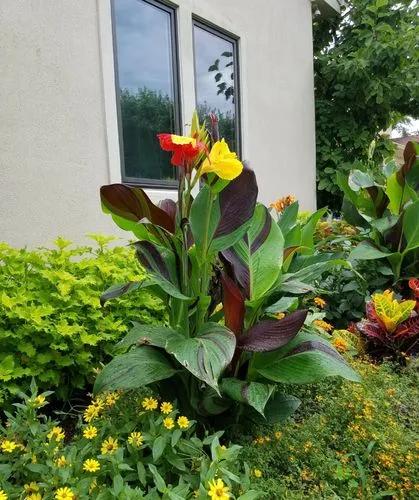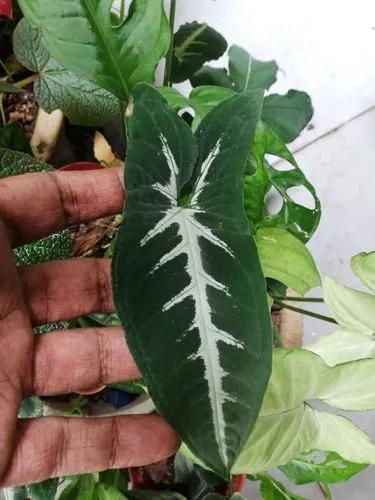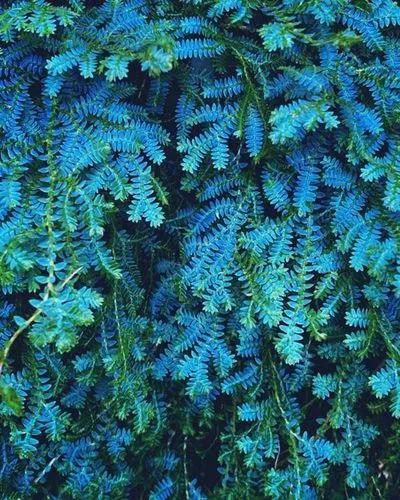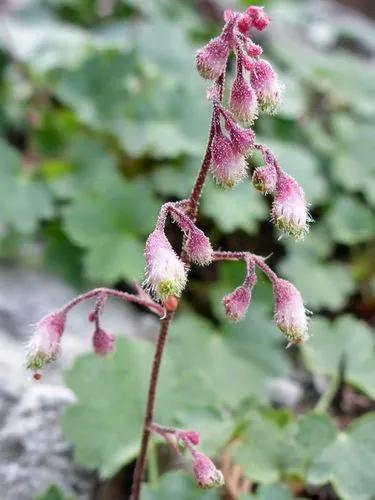Cordyline fruticosa Glauca is an attractive plant, forming dense upright clusters of rich, deep green foliage. Ideal as a centrepiece houseplant whilst adding a touch of the tropics.Cordyline develop similar to Dracaena (they are both members of the same family), with their lower leaves dying to encourage new growth as the plant develops. Cordyline fruticosa is also sometimes known as Cordyline terminalis, or even Dracaena terminalis
Hawaiian Ti Plant Care
Cordyline Fruticosa Glauca



How to Care for the Plant

Water

Water ti plant when the soil surface starts to dry --- around the time the top of the potting mix dries to the touch is best. the plant is fairly drought tolerant, but the leaf tips may develop some browning if the plant stays too dry for too long.

Pruning

Remove dead leaves.

Fertilizer

Use slow-release fertilizer for container plants. Avoid using too much fertilizer.

Sunlight

Needs a bright, indirect sunlight.

Soil

Prefer fertile soil, preferably loose and loamy with adequate drainage.

Temperature

Cordyline thrives in temperatures above 62 degrees Fahrenheit and prefers a high humidity environment. Avoid putting the plant near a cold draft like a window, especially if the temperature drops lower than 62 degrees Fahrenheit. These are jungle plants, so if you're experiencing leaf drop, try raising both the temperature and humidity.

Container

Ceramic pots are the most popular type of containers for houseplants today. You'll find them in all kinds of styles, colors, and sizes. At one time, the clay pot was the most common container for indoor plants. When choosing a pot, choose a pot that is 2.5-5 cm (1-2”) larger than the current size.

Popularity

1,649 people already have this plant 409 people have added this plant to their wishlists
Discover more plants with the list below
Popular articles






